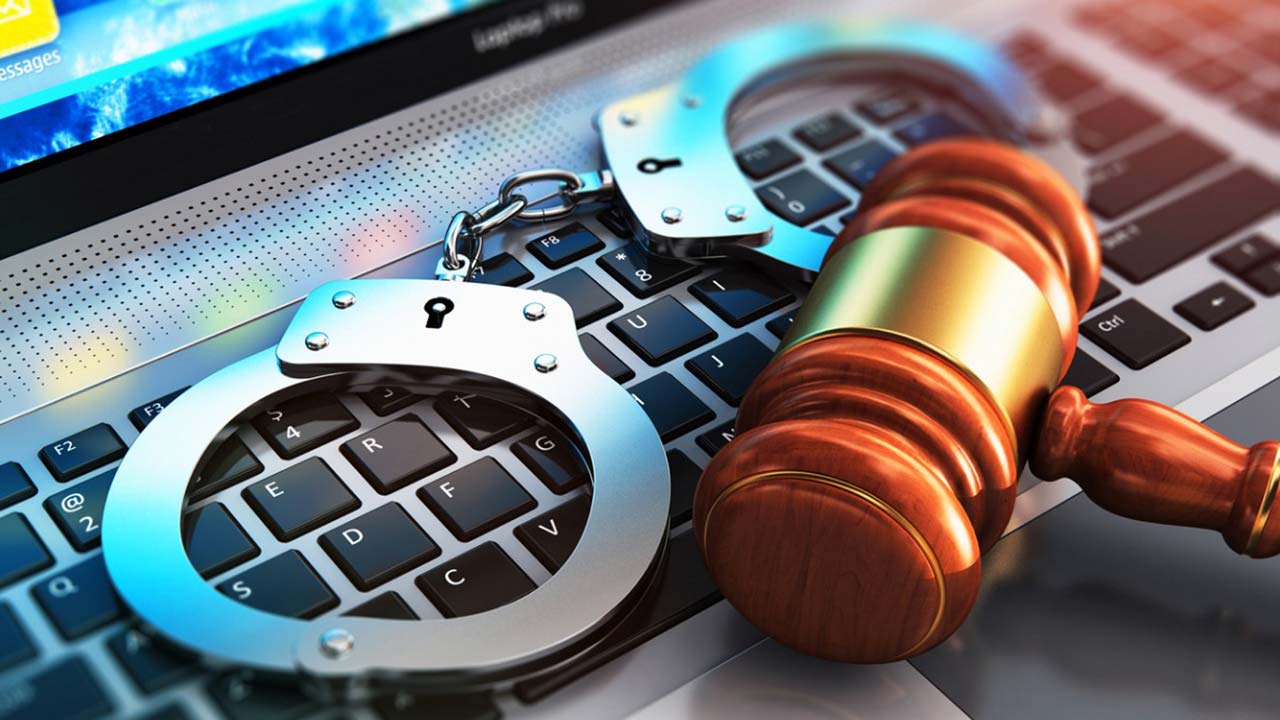
Trespass
The term trespass here refers to two things. One is the illegal physical entry to restricted places where computer hardware, software and backed up data is kept. The other form would be accessing information illegally on a local or remote computer over a network. Trespass is not allowed at all and should be discouraged.
Hacking
A hacker is a person who intentionally breaks codes and passwords to gain unauthorized entry to computer system data and information files. The hacker therefore violates the security measures put in place such as breaking through passwords or finding weak access points in software.
There are various motivations for hacking. One is that some people like the challenge and they feel great after successful hacking, while some do it for computer and software producer companies that want to secure their systems by reducing weaknesses discovered after professional hacking. The most vulnerable computers to this crime are the networked computers faced with hackers working remotely.
Tapping
In this case, a person sends an intelligent program on a host computer that sends him information from the computer. Another way is to "spy" on a networked computer using special programs that are able to intercept messages being sent and received by the unsuspecting computer.
Cracking
Cracking usually refers to the use of guesswork over and over again by a person until he/she finally discovers a weakness in the security policies or codes of software. Cracking is usually done by people who have some idea of passwords or user names of authorized staff.
Another form of cracking is trying to look for weak access points in software. For example, Microsoft announced a big weakness in some versions of Windows software that could only be sealed using a special corrective program prepared by them. Such corrective programs are called patches. It is advisable therefore to install the latest patches in software.
Piracy
Piracy means making illegal copies of copyrighted software, information or data. Software, information and data are protected by the copyright law. There are several ways of reducing piracy:
I. Enact laws that protect the owners of data and information against. Piracy.
2. Make software cheap enough to increase affordability.
3. Use licenses and certificates to identify originals.
4. Set installation passwords that deter illegal installation of software.
Fraud
Computer fraud is the use of computers to conceal information or cheat other people with the intention of gaining money or information. Fraudsters can be either employees in the company or outsiders who are smart enough to defraud unsuspecting people. Some fraud may involve production and use of fake documents.
An example of fraud is where one person created an intelligent program in the tax department that could credit his account with cents from all the tax payers. He ended up becoming very rich before he was discovered.
Sabotage
This is the illegal destruction of data and information with the aim of crippling service delivery or causing great loss to an organization. Sabotage is usually carried out by disgruntled employees or those sent by competitors to cause harm to the organization.
Alteration
This is the illegal changing of data and information without permission with the aim of gaining or misinforming the authorized users. Alteration is usually done by those people who wish to hide the truth. To avoid this, do not give data editing capabilities to just anybody without vetting. Secondly, the person altering data may be forced to sign in order for the system to accept altering the information.
Alteration of data compromises the qualities of good data like reliability, relevance and integrity.
Phishing
Cybercriminals use deceptive emails, websites, or messages to trick individuals into revealing personal information, such as login credentials or financial data.
Ransomware
Malicious software encrypts a victim's data, and the attacker demands a ransom in exchange for the decryption key.
Identity Theft
Cybercriminals steal personal information, such as social security numbers and credit card details, to assume the victim's identity for financial gain.
Cyberbullying
Harassment, threats, or defamation using digital communication platforms to harm or intimidate others.
Distributed Denial of Service (DDoS) Attacks
Cybercriminals overwhelm a website or online service with a flood of traffic, causing it to become unavailable to legitimate users.